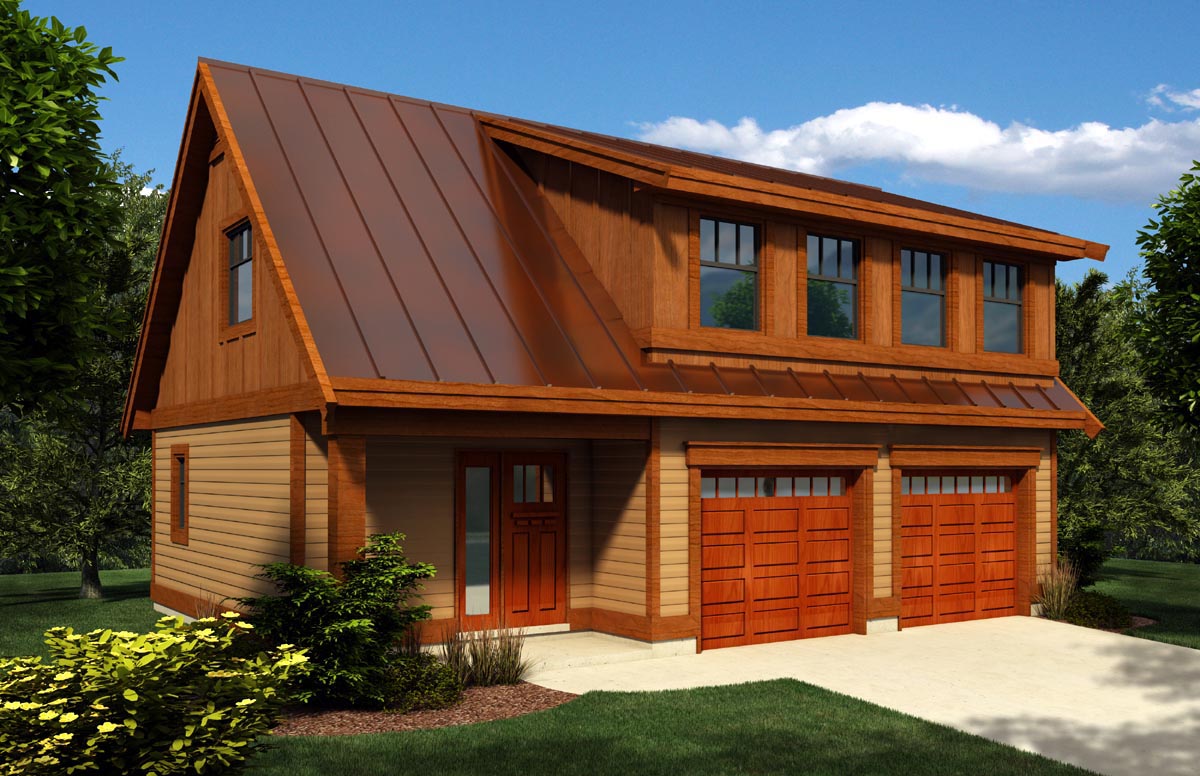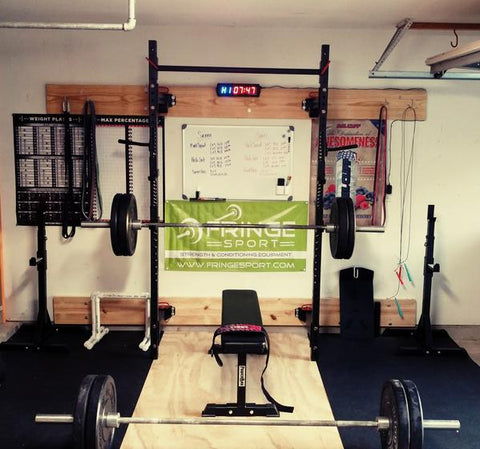
Many people use their backyard sheds to store yard equipment and other items that do not fit in their homes. If you make it a garage, a shed can serve as more than a storage place. Your shed could be used to provide additional space for hobbyists or busy parents who need a place to work.
Convert shed into garage
It can be used as a home office or guesthouse. It's a simple way to add small pieces of your house to your property without spending time or money on a complete renovation.
The best way to create a comfortable, enjoyable backyard oasis for your family is to add a shed to your yard. Adding a few basic features like a couch and table can make the perfect backyard retreat for relaxing and watching TV or playing a game of cards.

A great way to add some comfort and style to your outdoor shed is by adding insulation. Insulation will maintain a consistent temperature and lower your energy costs when you heat or cool down the shed.
Insulation isn't cheap, but it's worth it if you want to be able to live comfortably inside your shed year-round. You can either hire someone to do it or you can put it in yourself. The process takes just a few hours.
Depending on the purpose of your converted garage you might need to insulate the exterior as well as interior. This is possible with blown-in insulation. It's inexpensive and fast. Your shed's interior can be insulated using drywall, reclaimed lumber siding or other materials.
Before starting any conversion project you must determine if electrical service or plumbing will be needed. If you plan to use your garage for any other purposes than lighting, you might need to add more circuits. If you have the pipe, an underground conduit can be used to run additional electrical wiring from your home.

Then choose a style you like. It is possible to make your shed look less spacious if you choose the wrong style.
When converting your shed into a garage, another important factor to consider is its size. A shed up to 200 square foot is generally safe. However, Ohio and Pennsylvania have very specific rules regarding how large your shed can be and what level of structural integrity it must have.
FAQ
How can you tell if your house needs renovations or a remodel?
You should first check to see if your home has had any recent updates. A renovation may be a good idea if there have been no updates for several years. However, a remodel might be the best option for you if your home seems brand-new.
Your home's condition is also important. A renovation may be necessary if your home has holes in its drywall, cracked wallpaper, or missing tiles. If your home is in good condition, it might be worth considering a remodel.
A second factor to consider is your home's general condition. Is the structure sound? Are the rooms clean? Are the floors spotless? These questions are important when deciding which type of renovation you should go through.
What is the difference between a remodel and a renovation?
A remodel is a major change to a room or part of a room. A renovation is a minor alteration to a space or part of a place. A bathroom remodel, for example, is a major undertaking, while a new sink faucet is minor.
A remodel involves replacing an entire room or part of a whole room. A renovation involves only changing a portion of a room. Remodeling a kitchen could mean replacing countertops, sinks or appliances. It also involves changing the lighting, colors and accessories. But a kitchen update could include painting the wall color or installing a new light fixture.
What are some of the largest costs associated with remodeling your kitchen?
There are several major costs involved in a kitchen remodel. These include demolition, design fees, permits, materials, contractors, etc. However, these costs are quite small when taken individually. However, when you add them together, they quickly become quite large.
Demolition is likely to be the most expensive. This includes removing the old cabinets, appliances, countertops, flooring, etc. You will then need to remove the insulation and drywall. Then, it is time to replace the items with newer ones.
You will need to hire an architect for plans. To ensure your project is compliant with building codes, you will need to pay permits. Next, you will need to hire someone to actually build the project.
The contractor must be paid once the job has been completed. All told, you could spend anywhere between $20,000 and $50,000 depending on how big the job is. That's why it is important to get estimates from multiple contractors before hiring one.
These costs can be avoided if you plan. You might be able negotiate better materials prices or skip some work. If you know what needs to be done, you should be able to save time and money during the process.
For example, many people try to install their cabinets. Because they don't have professional installation fees, this is a way to save money. They often spend more trying to install cabinets themselves. A job can typically be done in half the time than it would take for you by professionals.
A cheaper way to save money is buying unfinished materials. Pre-finished materials such as cabinets should be inspected before you purchase them. You can immediately use unfinished materials if you purchase them. And you can always decide to change your mind later if something does not go according to plan.
Sometimes, it's just not worth the effort. Remember: the best way to save money on any home improvement project is to plan.
What are the included features in a full remodel of your kitchen?
A kitchen remodel includes more than a new faucet and sink. There are cabinets, countertops as well, lighting fixtures and flooring.
Homeowners can remodel their kitchens completely without needing to do major work. This means that no demolition is required, making the project easier for both the homeowner and the contractor.
There are many services that can be done to your kitchen, including plumbing, electrical, HVAC, painting, and carpentry. Depending on the extent of the kitchen remodel, multiple contractors may be required.
Professionals with years of experience working together are the best way ensure a successful kitchen remodel. There are often many moving parts in a kitchen remodel, so small problems can cause delays. DIY is a good option, but make sure to plan ahead and have a back-up plan in case something goes wrong.
How much would it be to renovate a house vs. what it would cost you to build one from scratch?
The process of gutting a house involves removing all contents inside the building. This includes walls, floors and ceilings, plumbing, electrical wiring and appliances. Gutting is done when you want to make some modifications before moving in. It is often very costly to gut a home because of all the work involved. The average cost to gut home ranges from $10,000 to $20,000, depending on your job.
Building a home is where a builder builds a house frame by frame, then adds walls, flooring, roofing, windows, doors, cabinets, countertops, bathrooms, etc. This is done usually after purchasing lots. Building a home is typically cheaper than renovating, and usually costs between $15,000-30,000.
It really depends on your plans for the space. You'll likely need to spend more money if you want to gut a property. It doesn't matter if you want a home built. Instead of waiting for someone to tear it down, you can make it exactly how you want.
What should I do with my current cabinets?
It depends on whether you're considering selling your home or renting it out. If you're planning to sell, you'll probably want to remove and refinish the cabinets. This gives buyers an impression of brand new cabinets, and it helps them imagine their kitchens after they move in.
You should not put the cabinets in your rental house. Tenants often complain about having to clean up dishes and fingerprints from previous tenants.
To make the cabinets look better, you can paint them. It is important to use a high quality primer and paint. Low-quality paints may crack over time.
Statistics
- bathroom5%Siding3 – 5%Windows3 – 4%Patio or backyard2 – (rocketmortgage.com)
- About 33 percent of people report renovating their primary bedroom to increase livability and overall function. (rocketmortgage.com)
- Attic or basement 10 – 15% (rocketmortgage.com)
- $320,976Additional home value: $152,996Return on investment: 48%Mid-range average cost: $156,741Additional home value: $85,672Return on investment: (rocketmortgage.com)
- 57%Low-end average cost: $26,214Additional home value: $18,927Return on investment: (rocketmortgage.com)
External Links
How To
How to Remove Tile Grout From Floor Tiles
Most people are unaware of tile grouting. It is used in sealing joints between tiles. There are many types of grout available today. Each one has a different purpose. We will demonstrate how to remove grout from tile floors.
-
Before you begin, make sure you have everything you need. It is a good idea to have a grout knife, grout scraper, as well as some rags.
-
Now, you will need to remove any dirt or debris from under the tile. To remove grout, use the grout cutter and gently scrape any pieces. You should not damage any tiles.
-
After everything is cleaned up, use the grout scraper for any remaining grout. If there isn't any grout left, you can go to step 4.
-
You can now move on to the next stage after you have completed all your cleaning. Make sure to take one of the rags out and soak it in water. Make sure the rag is fully wet. To ensure that the rag does not absorb water, dry it.
-
Place the wet rag onto the joint where the tile meets the wall. Continue pressing down on the rag until you see the grout begin to fall apart. Slowly pull the rug towards you, then continue pulling the rag back and forth until the grout has been removed.
-
Continue with steps 4 through 5, until the grout is completely removed. Rinse the ragout, and repeat the process if needed.
-
Once you have finished removing all the grout, wipe down the surface of the tiles with a damp cloth. Let dry thoroughly.